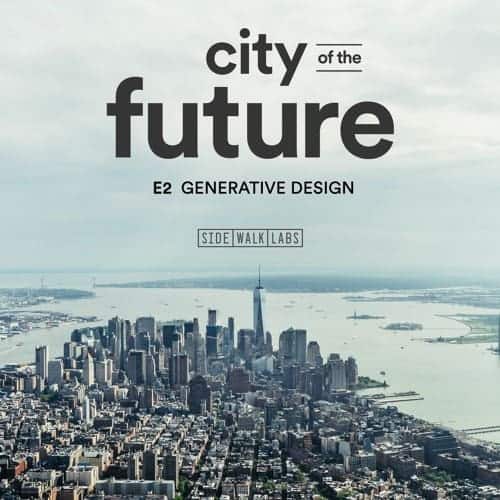Generative design is the process of automatically producing thousands of designs based on goals and constraints you feed into a computer.
In this episode, the discussion is how could you apply generative design to something as complex as the urban planning process? Could it reveal better designs for buildings, neighborhoods, districts — showing us options we didn’t even know were possible? And, in the future, could this new emerging field even empower urban development teams to create better, more human cities?
City of the Future: Generative Design - In this episode
- [0:06 - 4:13] Hosts Vanessa Quirk and Eric Jaffe on the unintended consequences of the 1915 Equitable Building (the “monstrosity” that influenced New York City’s first zoning laws)
- [4:15 - 11:42] Sidewalk Labs’ Senior Product Manager Violet Whitney and Senior Design Lead Brian Ho on Delve, a product that uses generative design to reveal unexplored urban design options for any given development project
- [11:43 - 18:13] Carnegie Mellon University’s Associate Professor of Ethics & Computational Technologies Molly Wright Steenson on the history of architecture and computing — and the contributions of thinkers like Cedric Price, Christopher Alexander, and the MIT Architecture Machine Group
- [18:14 - 20:16] Geographer and City Planner Evan Lowry on how visualization software could transform community engagement in Charlotte, North Carolina
- [20:19 - 22:42] Violet and Brian return to explain why it’s important for cities to visualize how urban designs could impact their communities.




